FERNAND LEGER (1881-1955)
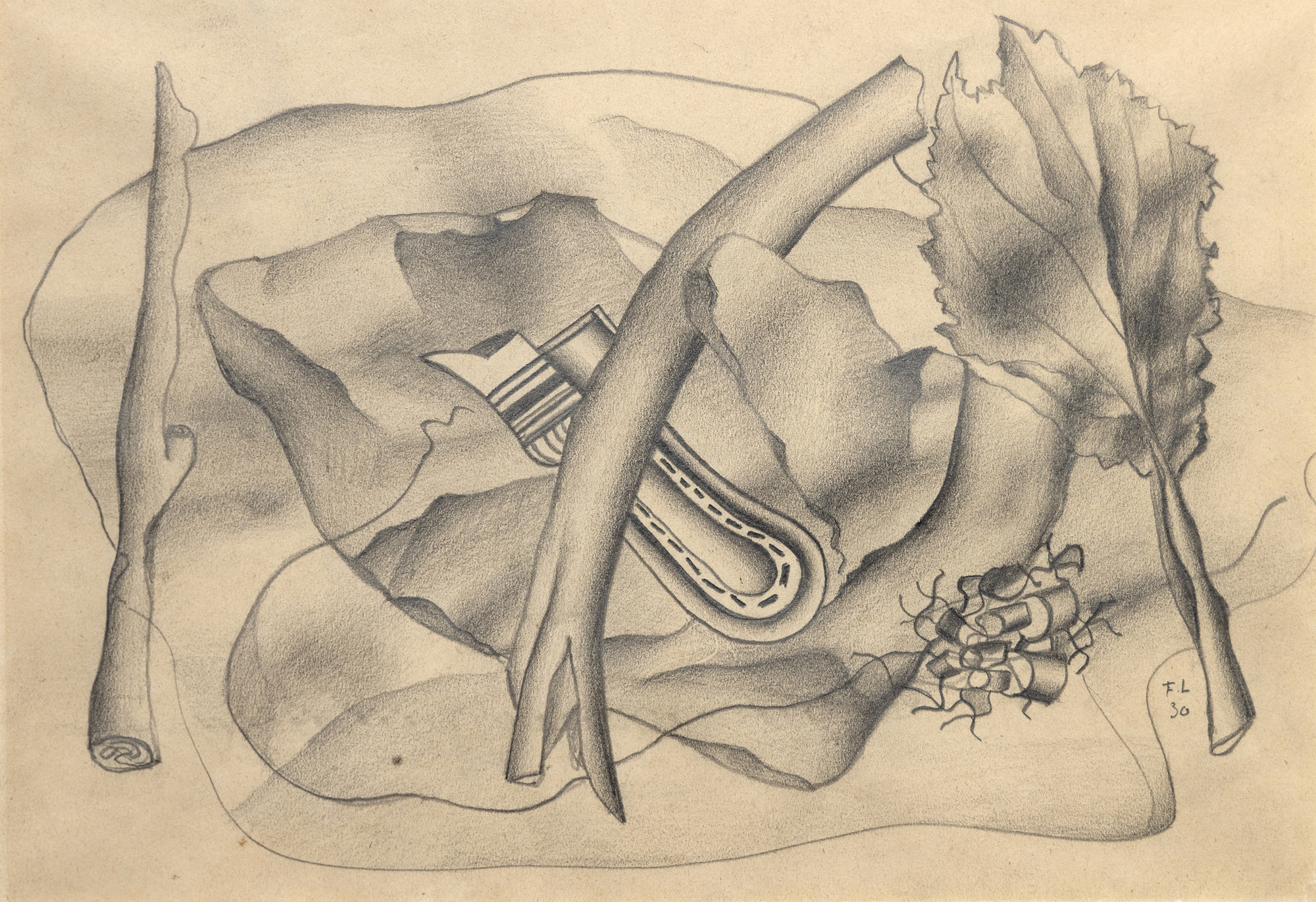
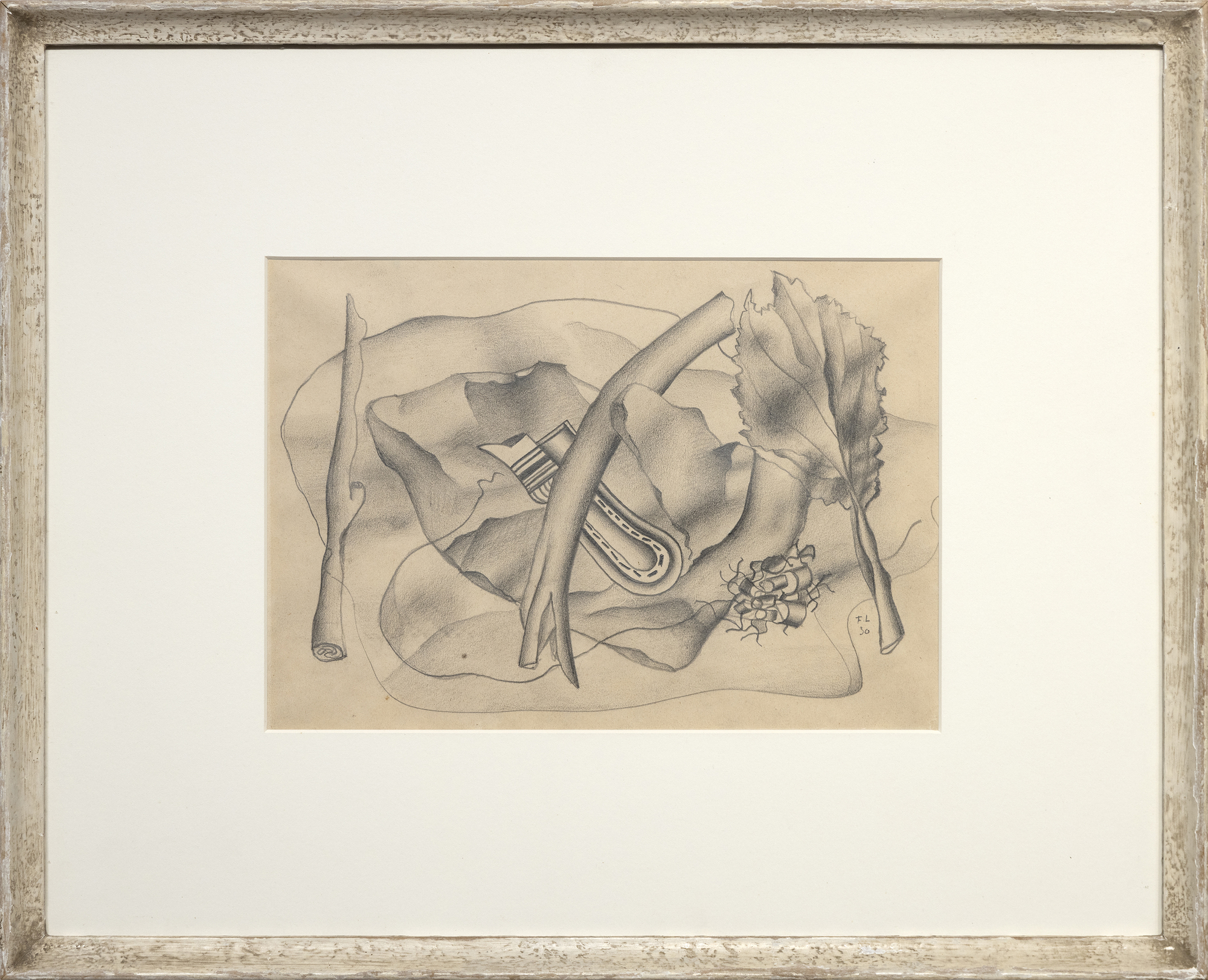
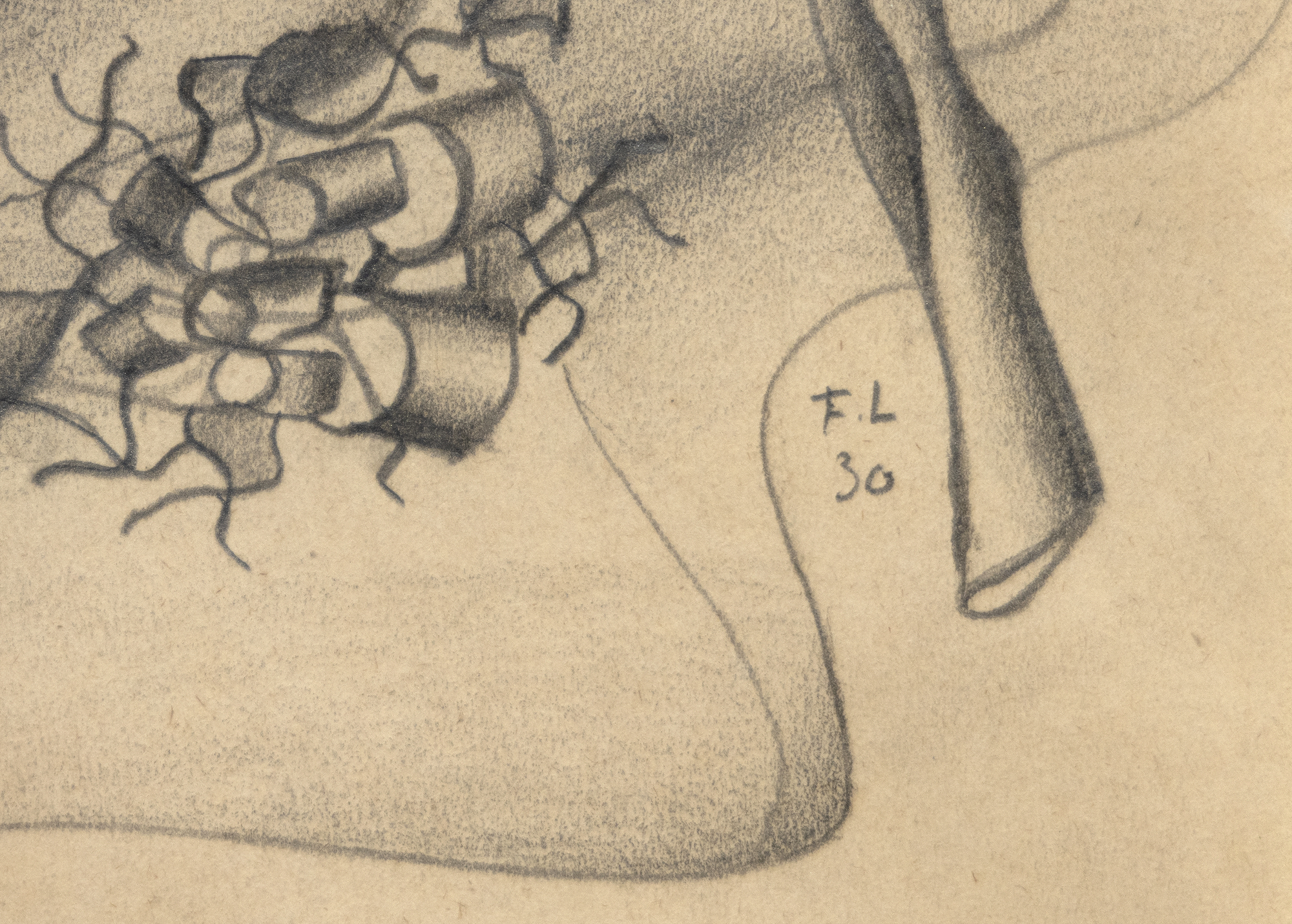
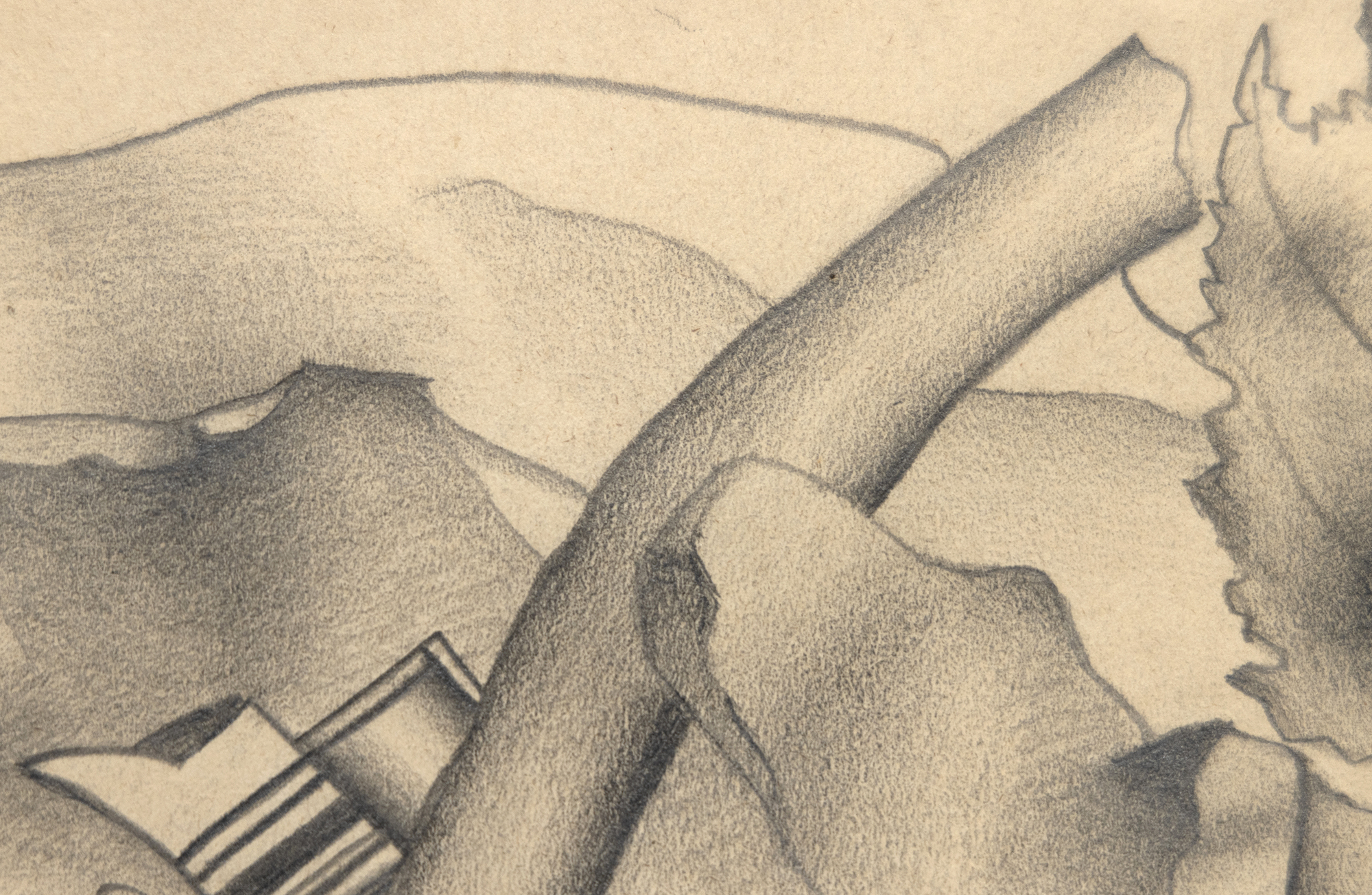
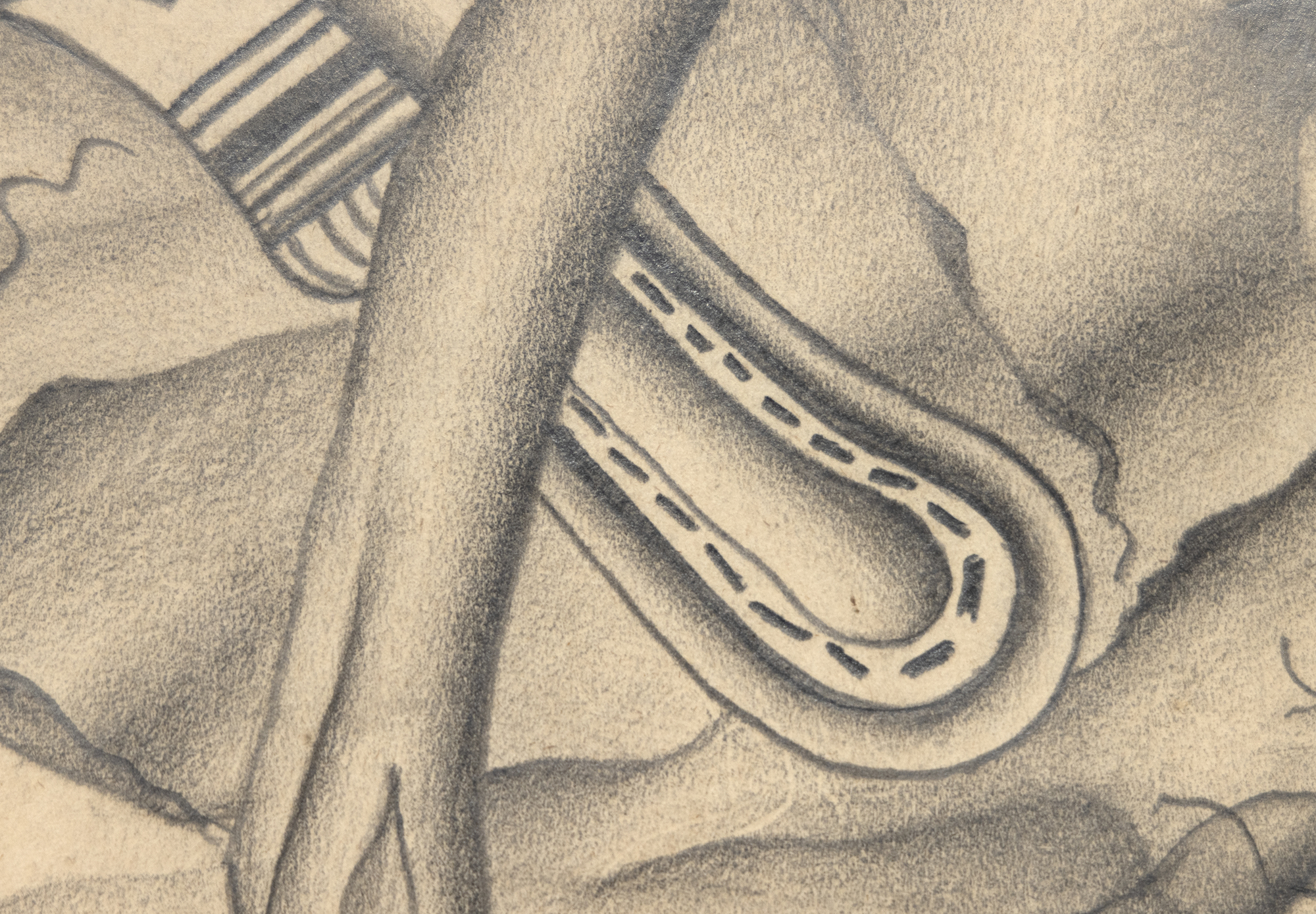
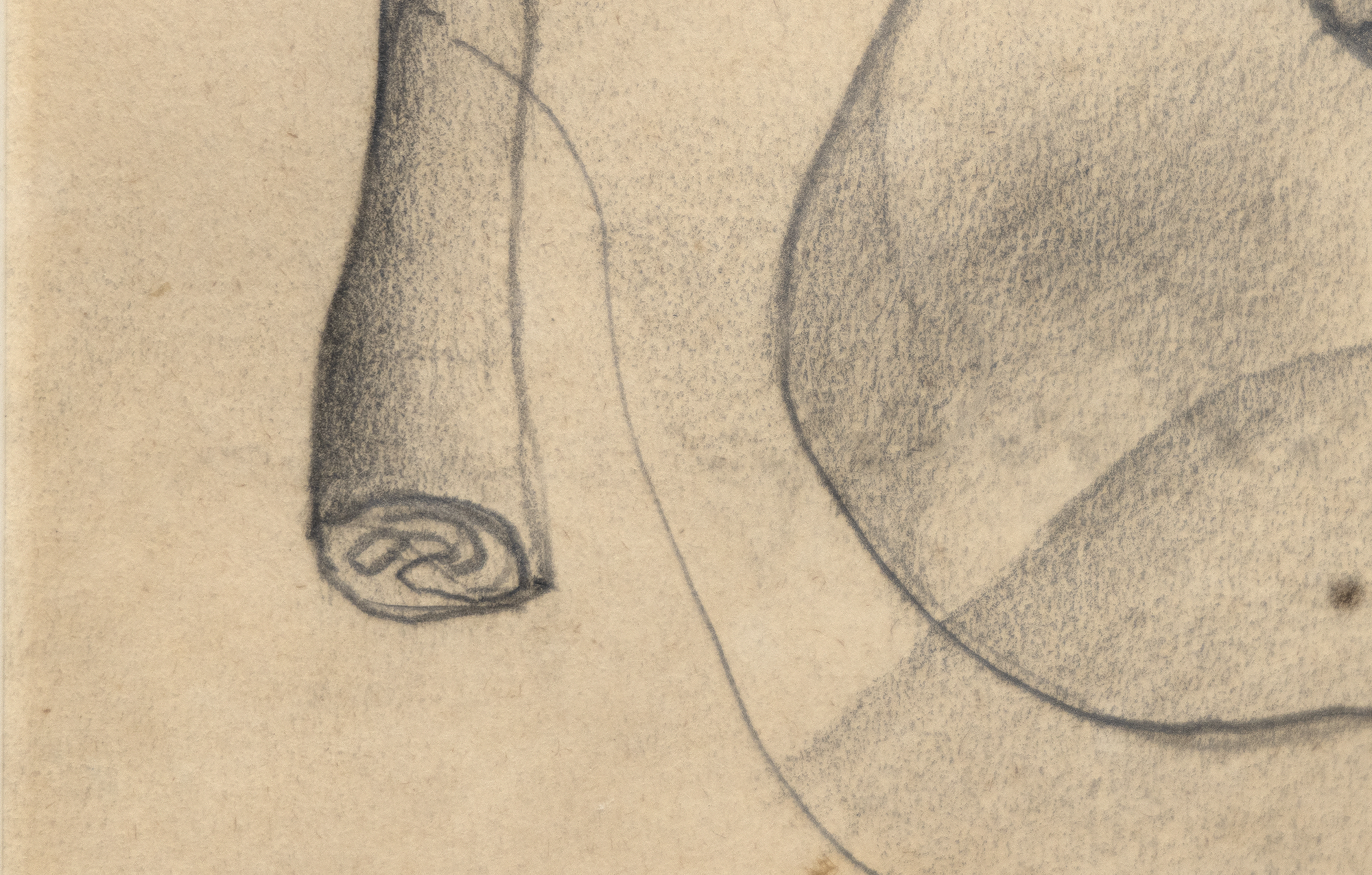
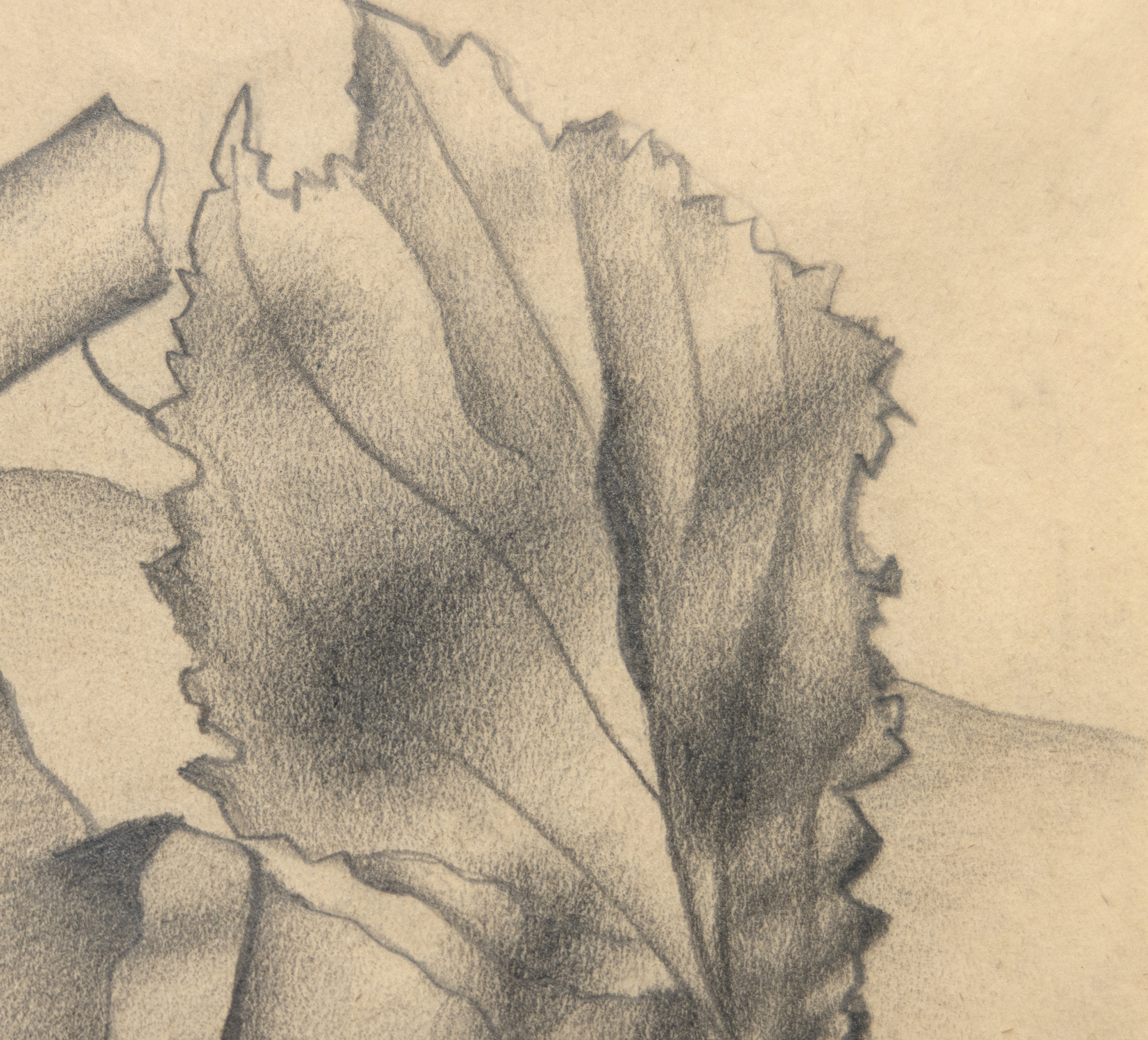
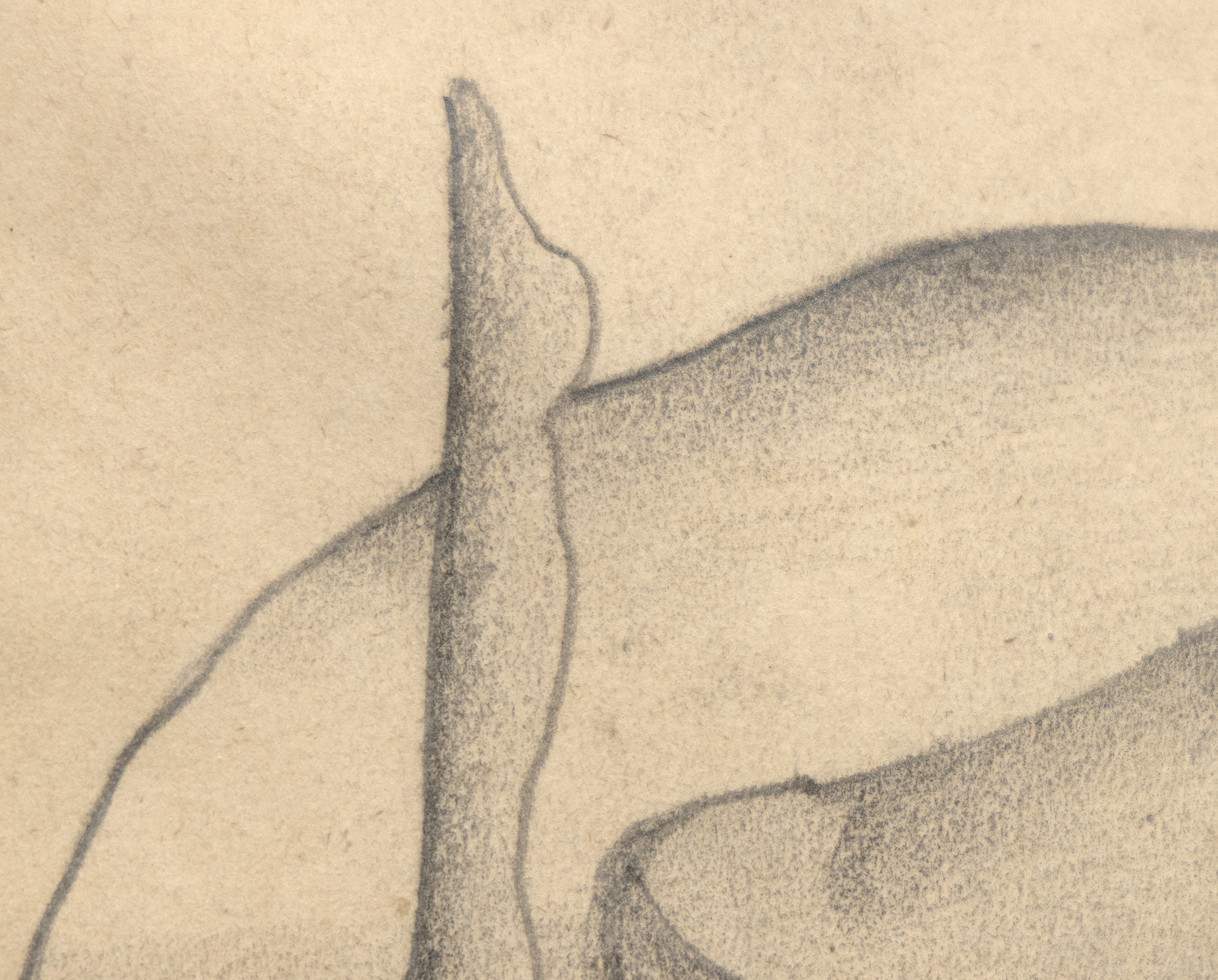
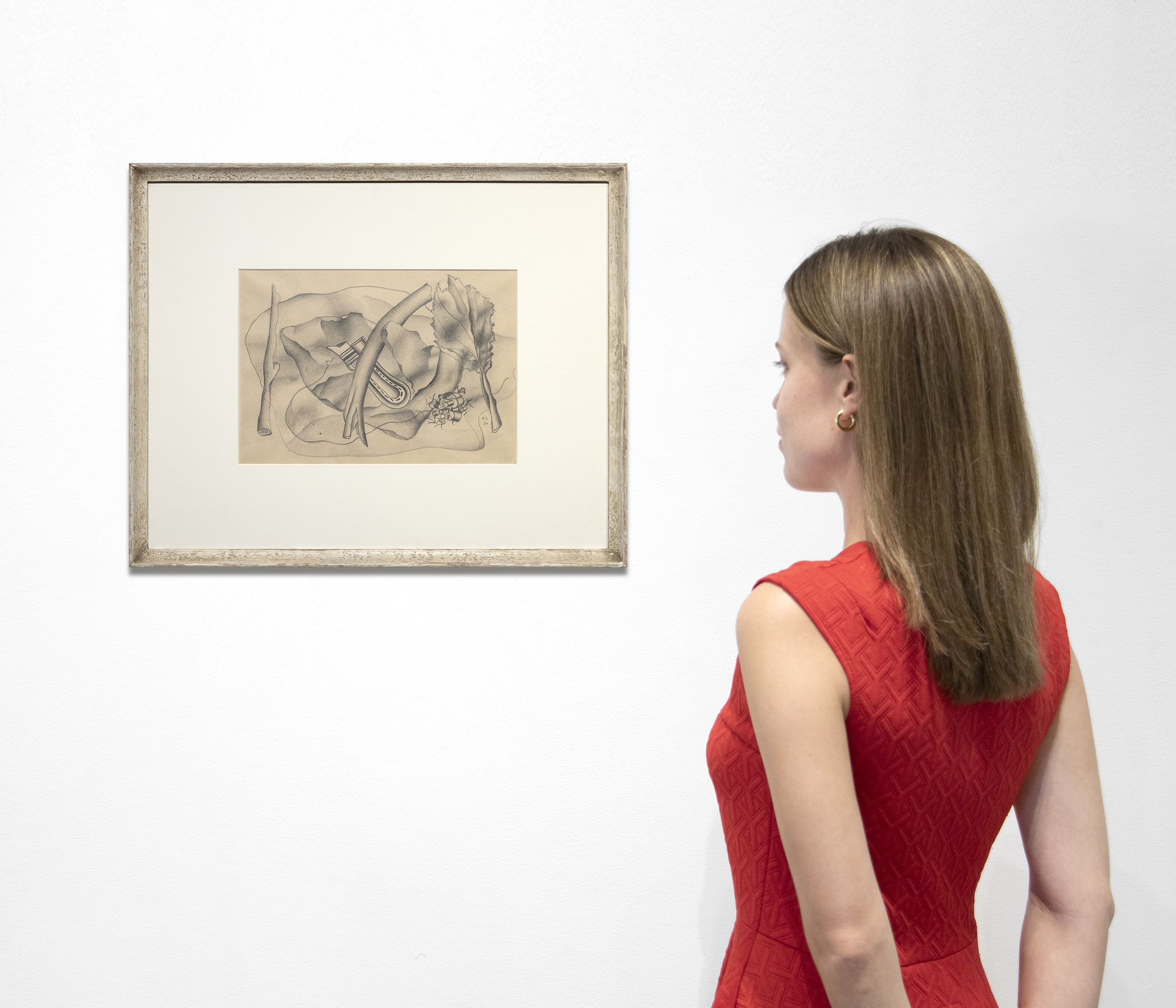
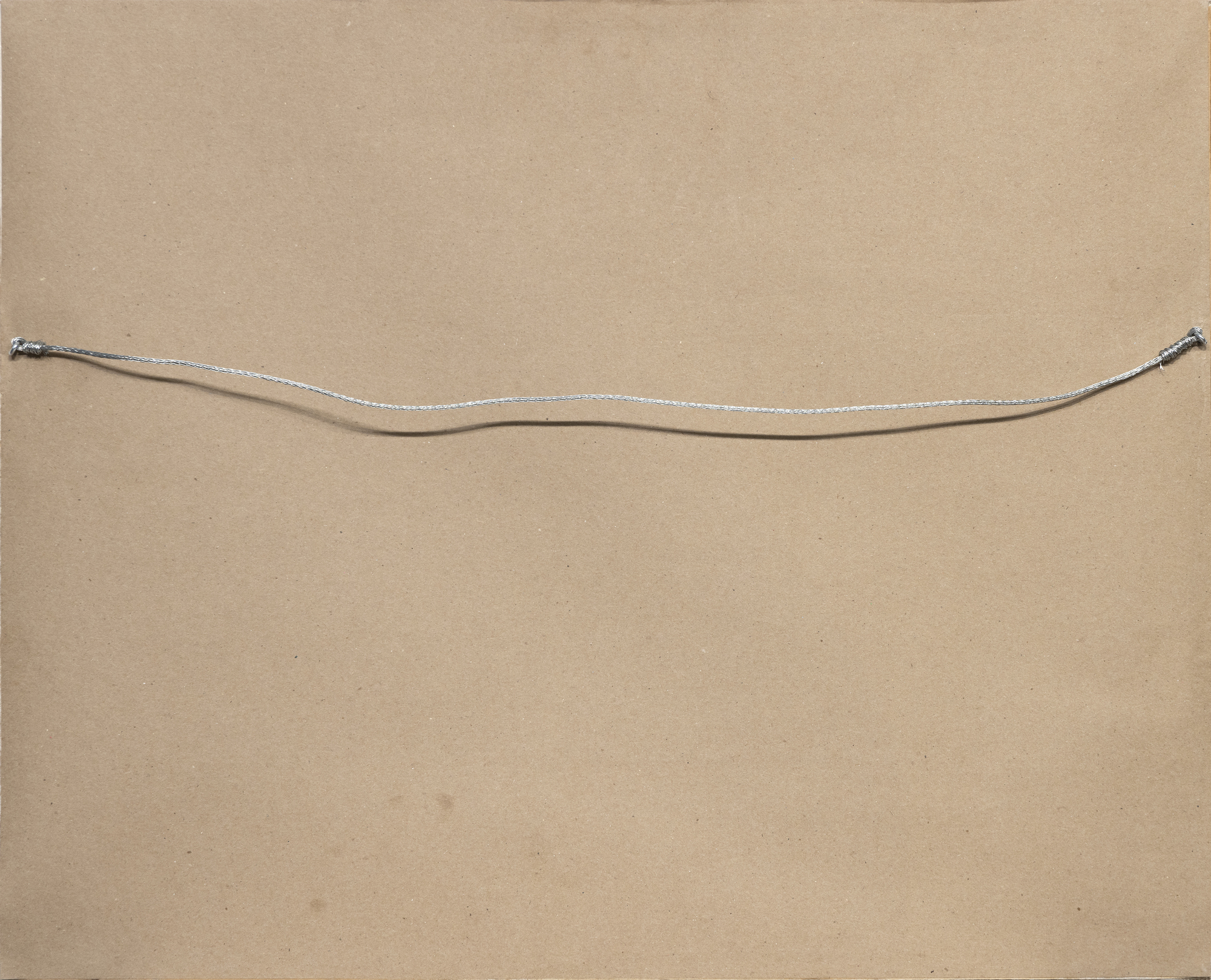
Procedencia
Galería Katharine Kuh, ChicagoColección privada, adquirida a la anterior, 1941
Colección privada, descendiente de la anterior
125,000
El dibujo Presente, realizado en 1930, es una reliquia de la década posterior a la Primera Guerra Mundial. Sin título (1930) fue adquirido a la galerista Katherine Kuh de Chicago y ha sido impecablemente conservado por la familia del comprador original. Es extremadamente raro encontrar dibujos como Sin título fuera de las colecciones de los museos.


